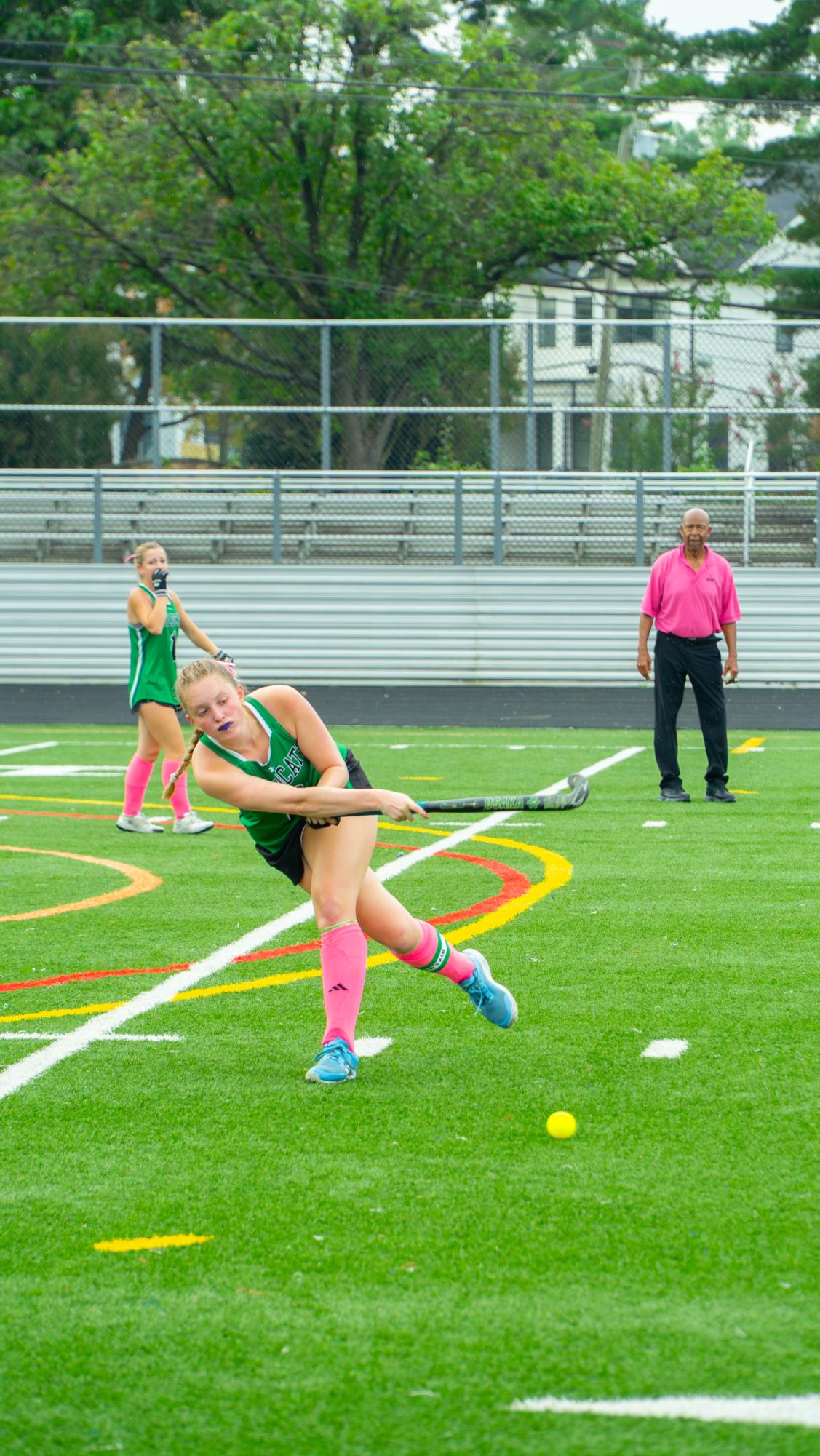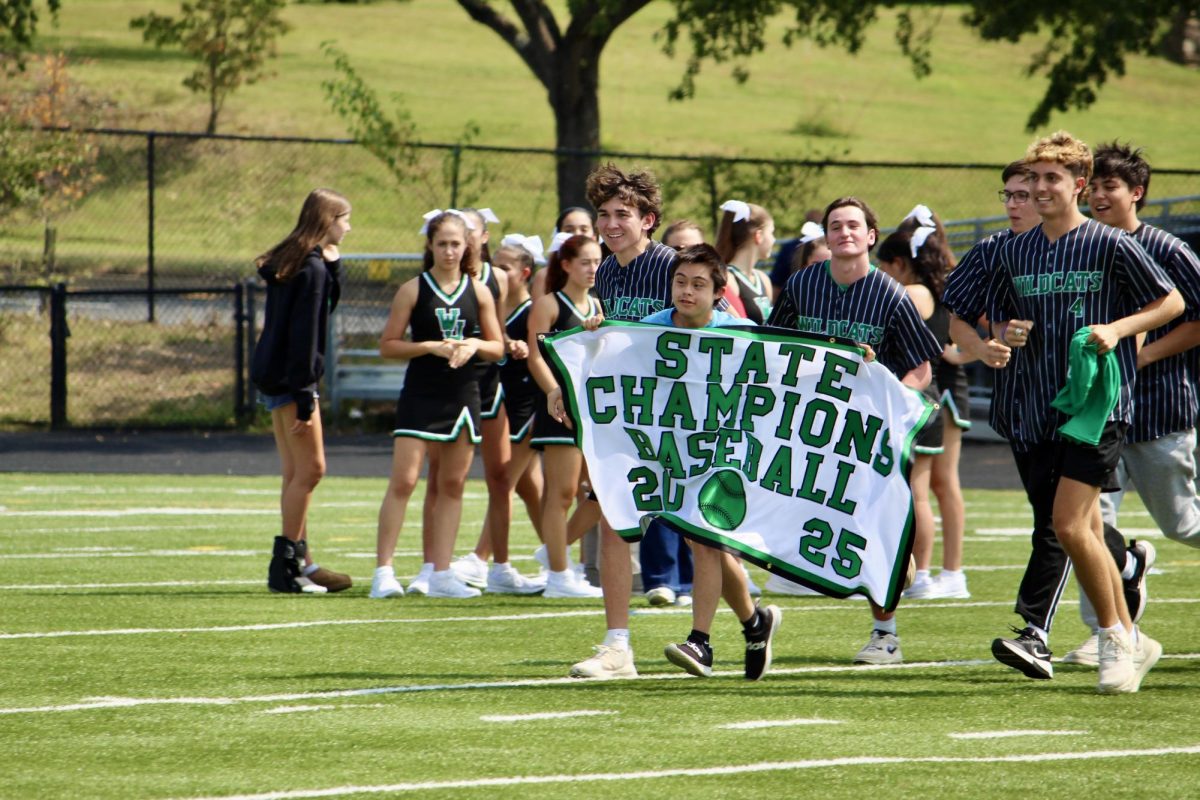As summer comes to a close and seniors begin their final year of high school, college applications seem to be the only thing on anybody’s mind. Stress levels are high as seniors try to figure out where to apply, what to major in, where to go and how to stand out amongst the tens of thousands of applicants. However, some students are experiencing a completely different process since they’re athletically committed to a school.
Upon applying to the school they’re committed to, athletes still have to submit their transcript, test scores and essays like any other student. However, athletes’ applications are often reviewed by a certain committee that just checks that the athletes’ stats meet the basic requirements of the school.
“Applying as an athlete is pretty similar to applying as a regular student except for the fact that you are only applying to one school and you apply early decision if the school offers it,” junior Seth Stein said.
However, the process for athletes begins much sooner, as some athletes have to start showcasing themselves and their skills to numerous schools as early as sophomore year. At this point, most regular students haven’t even started thinking about where they want to go.
“Over the summer, I went to lots of lacrosse camps and tournaments and stuff just so I can get coaches to see me. It’s super stressful though because I have to take my ACT pretty early and talk to some coaches,” junior Ginger Fishberg said.
After a certain date set by the NCAA, which usually is early on in an athlete’s junior year of high school, schools can begin to reach out to athletes and invite them to come to private training camps or official visits. During these visits, athletes tend to receive a private tour of the campus from some of the current student athletes as well as getting to showcase their skills by practicing with the team they’re being recruited for.
“I got to go to West Virginia and got a campus tour with the coach and then I went to an ID camp. After my ID camp the coaches asked if I wanted to play for their team and I committed a week later,” senior Emily Akpebu said.
Following the visit, the coaches can decide whether or not they want to invite the student to play for them. They can either talk to the athlete during the visit, or they can reach out at a later date to offer, or let them go.
“One school was trying to recruit me and I really wanted to go there but while I was injured, they just kept recruiting people. They said once I recovered they would come watch me but when I had a call with the head coach after I played at nationals, he said the only way I could play for them was if I got into the school and walked on,” Akpebu said.
However, these commitments are only verbal, meaning that the athlete still has to apply, get accepted and sign with the school. But when signing day rolls around in February, the athletes will officially be binded to the school, both athletically and academically.
“Even though getting into the school itself is easier as an athlete, the process is definitely a lot more stressful, time consuming and personal. You have to start way earlier and how you play during one tournament your sophomore year could potentially determine whether or not you can play at your dream school in three years,” Fishberg said.



















